We’re BACK! After nearly three months of nearly constant travel Ellen and I have found ourselves at home for a whole month and, I think I’m finally ready to settle down and weed through the images of two major trips. I’ll start with our first one, the seven-week epic tour of the southeast – midwest -and then home to Flagstaff.
I say three months because we left home in our rig on April 1 and returned on May 20, 50 days later. Then, on June 8th we flew to Washington D.C., trained up to New York City, and flew home on June 28th. Now we’re home for a month before heading off to California and Washington State. I’m going to go through the driving trip first.
With nearly 3,500 images to sort through and what seems like as many experiences, I’ve decided to break it down for you via keywords. For those of you who don’t know, keywording is a system photographers use to locate needed images in the future. For example, in this first set, I’ve assigned the keyword “Coyote Hawk” to each of the images. Then, when I need images of our rig for this trip to write about, I go to the metadata search area in Lightroom, click on April and May, go to the next column, click on Coyote Hawk, and presto! images assigned with these words appear. From that, I can choose the ones to export and upload to the blog!
I recently learned a new trick in Lightroom that has been life-changing. They have keyword PRESETS!! Wait, WHAT?!? You mean I don’t have to type the words in EVERY. SINGLE. TIME?? Excellent, I’m IN!
I created a preset called AA-Main Themes. The AA is just so it shows up at the top, in alphabetical order. It allows me to easily access, at a click, nine words to assign to images to begin the process of keywording. Here are my nine main themes: buildings, art, food, transportation, urban, signs, nature, people, and music. Most images will get one if not two of these words assigned and I don’t have to take the time to type the words repeatedly, it’s a simple click of the mouse.
That was my aha moment in working with these pics so now let’s move on to the stories of this trip.
As I stated earlier, this first set of images will be about our camper and what became our home away from home, literally. We had taken Coyote Hawk out for about a dozen nights between November 30th when we picked her up and April 1 when we left for Portal, Arizona. We were still working Tuesdays-Fridays so our camps were only two to three nights at a time, every few weeks; hardly enough time to get into a real rhythm.
What happened on this trip in regards to our relationship to our home on wheels is nothing either of us expected. We figured we’d be SO ready to be home after seven solid weeks on the road, but we weren’t. Coyote Hawk came to provide us with such feelings of safety and comfort that we actually preferred staying in her rather than moving into the comforts of the homes of friends and family we visited.
What’s funny is that people, bless their hearts, thought they were doing us a favor by offering for us to stay in their homes. What happened on this trip is that our camper BECAME our home. The bed was comfortable, our stuff all had a place, and we created systems and rhythms with each other to make our little space a literal home on wheels.
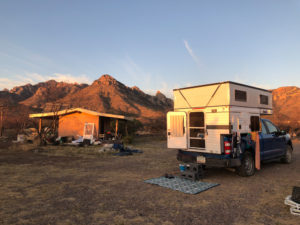 Our first three nights were spent in Portal, AZ. It’s a little community located in southeastern Arizona not far from the Mexican border. Our good friends have a lovely piece of land there just east of Chiricahua National Monument. It was a great place to land on our first big driving day in Coyote Hawk. Heading out from Flagstaff was mostly downhill so we got crazy good gas mileage; 22 mpg to be exact.
Our first three nights were spent in Portal, AZ. It’s a little community located in southeastern Arizona not far from the Mexican border. Our good friends have a lovely piece of land there just east of Chiricahua National Monument. It was a great place to land on our first big driving day in Coyote Hawk. Heading out from Flagstaff was mostly downhill so we got crazy good gas mileage; 22 mpg to be exact.
At camp, we generally need two things: a shower and a toilet to go #2 in. We have a small, nighttime toilet we use to pee in and an outdoor shower if we need it. Luckily these guys let us use their toilet.
After three nights and two days with our beautiful friends, we headed to Texas. We crossed New Mexico on Highway 9, drove through El Paso, and ended up in Junction, Texas, and South Llano River State Park.
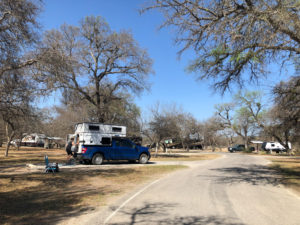 We LOVED this park. We wished we had brought our bicycles, as there was some riding to be had. This is also where we got to interact with armadillos for the first time. That will be in a later post.
We LOVED this park. We wished we had brought our bicycles, as there was some riding to be had. This is also where we got to interact with armadillos for the first time. That will be in a later post.
By April 6th we were heading to Padre Island National Seashore.
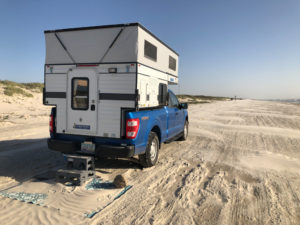 It turns out that in Texas one can just drive on any beach and camp. Pretty cool. As you can see we were quite a distance from any other camp. But as you can also see, the winds had picked up the afternoon before, blew hard all night, and blew sand all over our mat. It blew so hard that we moved our truck, in the middle of the night, to face the wind and try to reduce some of the rocking from the gusts. Needless to say, with fine sand blowing everywhere and no relief in sight, we called it after one night and headed to Harlingen.
It turns out that in Texas one can just drive on any beach and camp. Pretty cool. As you can see we were quite a distance from any other camp. But as you can also see, the winds had picked up the afternoon before, blew hard all night, and blew sand all over our mat. It blew so hard that we moved our truck, in the middle of the night, to face the wind and try to reduce some of the rocking from the gusts. Needless to say, with fine sand blowing everywhere and no relief in sight, we called it after one night and headed to Harlingen.
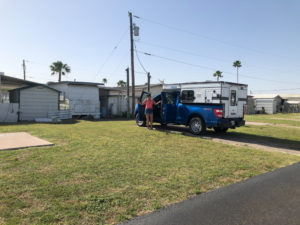
We were supposed to be in Harlingen for two nights, and one day and that one day was to be spent seeking out Ellen’s childhood home and neighborhood. We instead added our Padre Island time and ended up being there for five nights, four days. We were actually in Walasco, TX staying at Magic Valley Park. It was billed as an RV park but this is what we got, a slab of concrete in some grass, surrounded by mobile homes, 95% of whose residents had just left to go back to Canada. It turned out to be a really nice, safe place to camp. We had laundry facilities, a pool, a hot tub, and a shower and bathroom at our disposal.
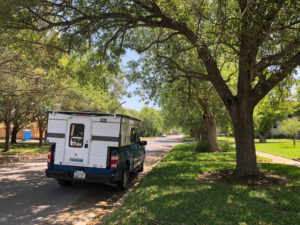
Coyote Hawk was also our daily drive. Luckily she was easy to maneuver on city streets. Here she is parked on Ellen’s childhood street.
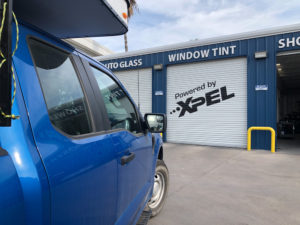 One of the upgrades we decided our rig needed was to tint the truck’s windows. Wow, what a difference it made with the sun and heat.
One of the upgrades we decided our rig needed was to tint the truck’s windows. Wow, what a difference it made with the sun and heat.
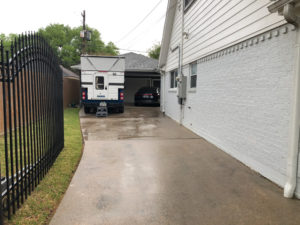 From Harlingen, we headed to Houston to stay with cousin Dave and his husband Bong. We easily could have camped in the driveway but were invited into an upstairs room and private bath. It was here that I think we began to realize that staying in the camper is easier and just as, if not more, comfortable for us.
From Harlingen, we headed to Houston to stay with cousin Dave and his husband Bong. We easily could have camped in the driveway but were invited into an upstairs room and private bath. It was here that I think we began to realize that staying in the camper is easier and just as, if not more, comfortable for us.
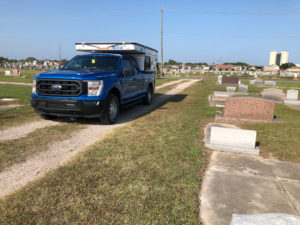
Following Houston, we headed south to spend two nights at a KOA on Galveston Island. It was a KOA Holiday property and had a very country club/resort feel. Not exactly our style. But it worked, was close to the beach, and had laundry, shower, and bathroom facilities, so we were good.
Again we were happy to have a smaller RV as we parked on city streets and meandered through cemeteries in Galveston.
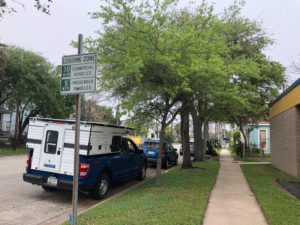
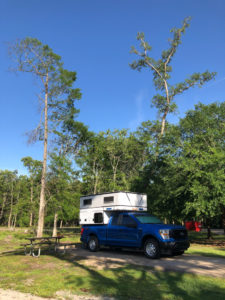
After only two nights and a day to explore Galveston, we headed to Lousiana and Fontainebleau State Park. It. Was. Beautiful. We LOVED it there and again, wished we had bicycles. We spent four nights there, and three days.
On all three days we drove the 25-mile-long causeway over Lake Ponchatrain twice into New Orleans, and once to visit the Whitney Plantation.
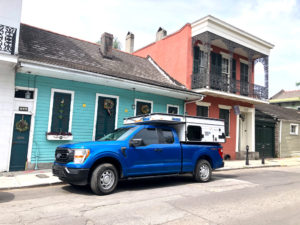
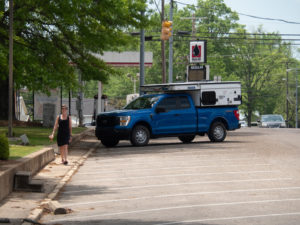
From NOLA we headed north into Mississippi to see another of Ellen’s childhood homes in Houston, MS We camped at Davis Lake Campground 20 minutes from Houston. We parked at the town square and wandered around a place where Ellen and her family lived in the late 1960s for 18 months.
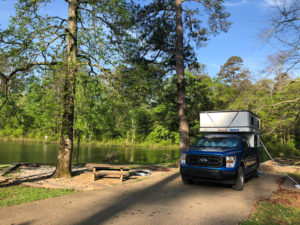
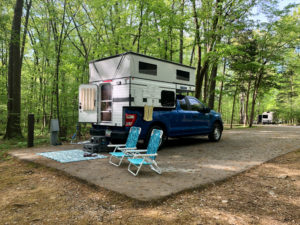 The next stop was Henry Horton State Park just south of Nashville, TN. This was another park we loved and wished we had bikes to explore with. We didn’t bring the bikes as we didn’t want them hanging off the back, ripe for theft, as we visited the cities on our trip. Stay tuned and you’ll see what we came up with.
The next stop was Henry Horton State Park just south of Nashville, TN. This was another park we loved and wished we had bikes to explore with. We didn’t bring the bikes as we didn’t want them hanging off the back, ripe for theft, as we visited the cities on our trip. Stay tuned and you’ll see what we came up with.
We stayed here for two nights and a day. We’ve decided that, when possible, a layover day is a must. It’d be a shame to pull into such a beautiful park in the afternoon only to have to pull up stakes and head out first thing in the morning.
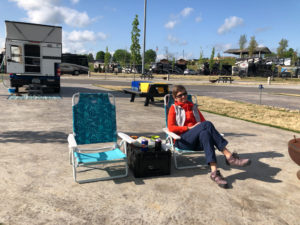 THIS two-night, one-day experience was all about Dollywood! We stayed at The Ridge Resort in Sevierville, Dolly Pardon’s hometown. The RV park had a LOT of concrete, very manicured lawns, twice-daily trash pick-up (I’m serious), and giant bus-sized RVs surrounding us. We felt like we used to after canoe camping at Lake Powell and paddling over to the restaurant for a meal and mixing with all the clean houseboaters. We were a bit out of our league.
THIS two-night, one-day experience was all about Dollywood! We stayed at The Ridge Resort in Sevierville, Dolly Pardon’s hometown. The RV park had a LOT of concrete, very manicured lawns, twice-daily trash pick-up (I’m serious), and giant bus-sized RVs surrounding us. We felt like we used to after canoe camping at Lake Powell and paddling over to the restaurant for a meal and mixing with all the clean houseboaters. We were a bit out of our league.
Following Tennessee, we headed to our friend’s house in Weaverville, NC, just outside of Asheville, NC. No pics were taken of this camp as we parked in an out-of-town neighbor’s driveway and stayed in our friend’s house. It was a lovely time hanging out with Trish, Paul, and the pooches.
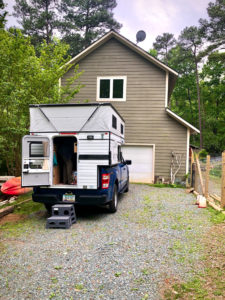
Here we are in Hillsborough, NC at my cousin Wendy’s home. This is her barn and that window on the second floor? that’s our little one-bedroom apartment. It was a lovely private space and we SO appreciated being offered to stay there, which we did, but, as I stated earlier when we visit again, we’ll just stay in the Hawk.
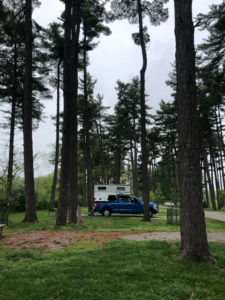
From North Carolina, we went through five states to get to Cincinnati, OH, and visit our beautiful family of Evonne, Rob, and Akacia. We camped 20 minutes away in Winton Woods Campground. It was a wonderful five days, six nights with family.
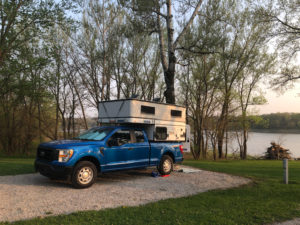
From Cincinnati, we traveled to Sugar Bottom Campground just outside of Iowa City, IA. We met the most lovely people there but oh my God it was hot and humid. That was a two-night, one-day layover on our way to Nebraska.
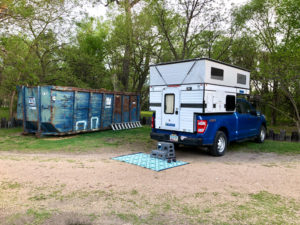
In Nebraska, we stayed at the Puncochar Family Farm. It has been in the same family for over 100 years. Yes, we parked next to a dumpster, but it’s full of building supplies as the house out of sight to the right of the truck is being renovated. We drove to the farm on Thursday, May 12th, stayed Friday, Saturday and headed to Denver on Sunday.
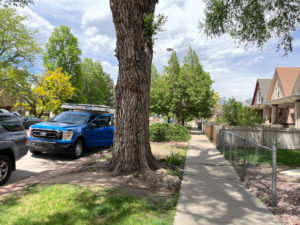
In Denver, we stayed in the basement of my brother’s home. There was no other option. The above picture reinforces for us how well we chose the size of our rig. We were able to park in downtown Denver without a problem.
This post kicks off the blog series that will tell the stories of all those images posted to Facebook in April and May of our epic spring adventure. Thanks for tuning in and I hope you enjoy revisiting the adventure!
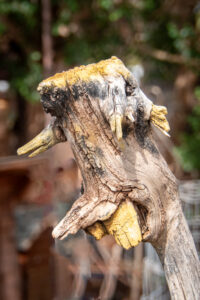 This guy has quite the hair-do and needs to see a dentist.
This guy has quite the hair-do and needs to see a dentist.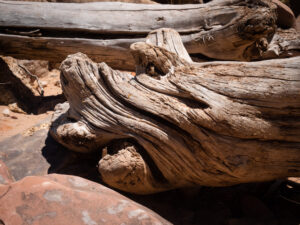 Most of what I find are profiles. This one, facing left, has the complete package…an eye, mouth, nose, AND horn on top of its head.
Most of what I find are profiles. This one, facing left, has the complete package…an eye, mouth, nose, AND horn on top of its head.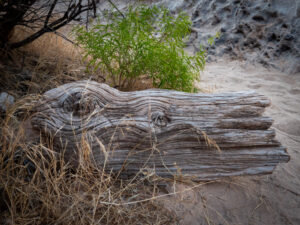 This one is a little more vague, peeking out of the grasses. But I DO see an eye, nose hole, and mouth line.
This one is a little more vague, peeking out of the grasses. But I DO see an eye, nose hole, and mouth line.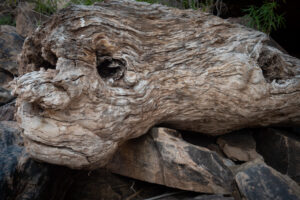 This may be the best one I’ve ever seen. It’s not a profile, it actually has TWO eyes, a nose, and a mouth. In hindsight, I wish I had taken another view of it to show how important the angle is for this one.
This may be the best one I’ve ever seen. It’s not a profile, it actually has TWO eyes, a nose, and a mouth. In hindsight, I wish I had taken another view of it to show how important the angle is for this one.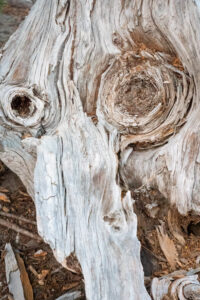 This is another rare, two-eyed face. Unfortunately, it got into a fight and seems to have a black eye behind its long nose.
This is another rare, two-eyed face. Unfortunately, it got into a fight and seems to have a black eye behind its long nose.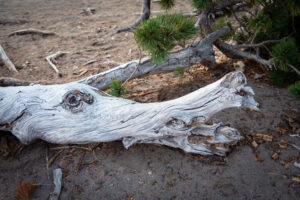 Now that I’ve got you “seeing” what I see…here is a pretty clear one.
Now that I’ve got you “seeing” what I see…here is a pretty clear one.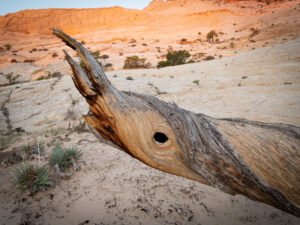
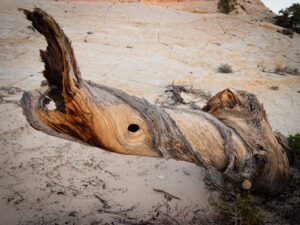
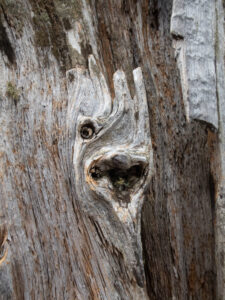 This one is literally screaming and looking at me as it comes out of the wood.
This one is literally screaming and looking at me as it comes out of the wood.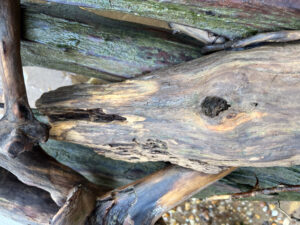
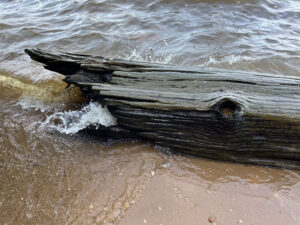
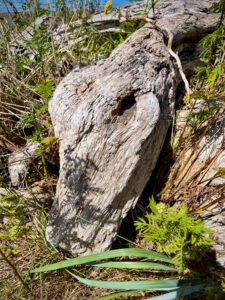 This one reminds me of the head of a dinosaur.
This one reminds me of the head of a dinosaur.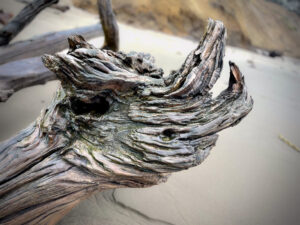 Again the complete package of eye, nose hole, horns, and mouth.
Again the complete package of eye, nose hole, horns, and mouth.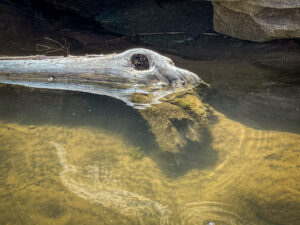 Skeleton ostrich head?
Skeleton ostrich head?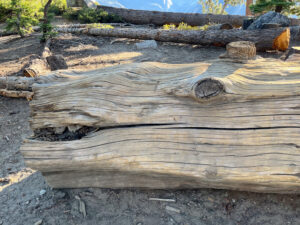 Eye, mouth, little horn on top.
Eye, mouth, little horn on top.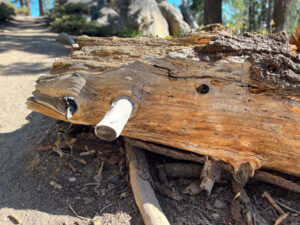 Some horns come out the side.
Some horns come out the side. Face? or…giant clothespin.
Face? or…giant clothespin.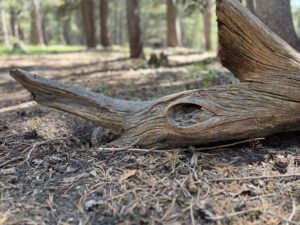 Some definitely require more imagination…lol.
Some definitely require more imagination…lol.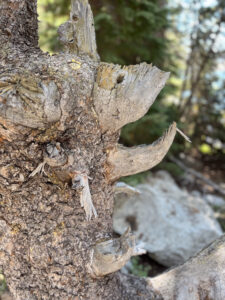 Eye, mouth, and…an ARM?? Crawling out of the tree!
Eye, mouth, and…an ARM?? Crawling out of the tree!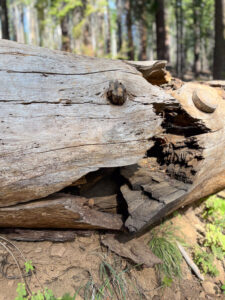 This one, at a different angle, looks like two fighting with their mouths.
This one, at a different angle, looks like two fighting with their mouths.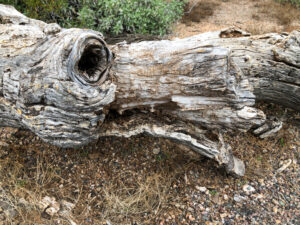 Such big eyes you have.
Such big eyes you have.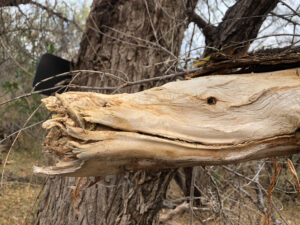 A sleek one with a mushed-up mouth.
A sleek one with a mushed-up mouth.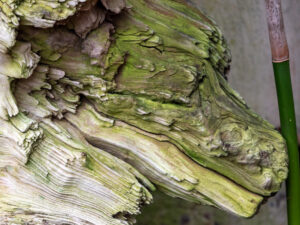 Sleeping Beauty.
Sleeping Beauty.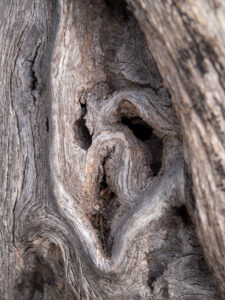 October is just around the corner and with that…Halloween!
October is just around the corner and with that…Halloween!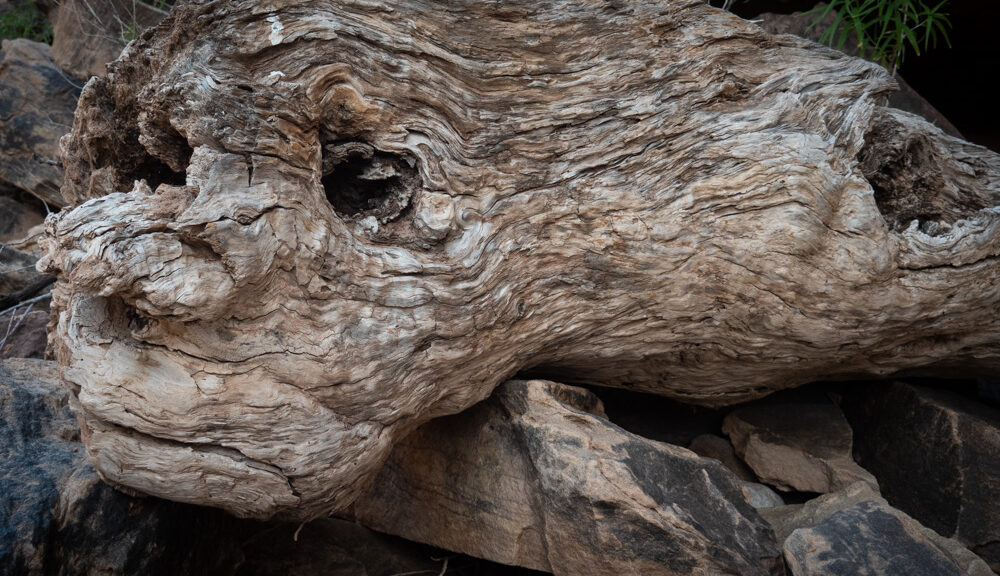
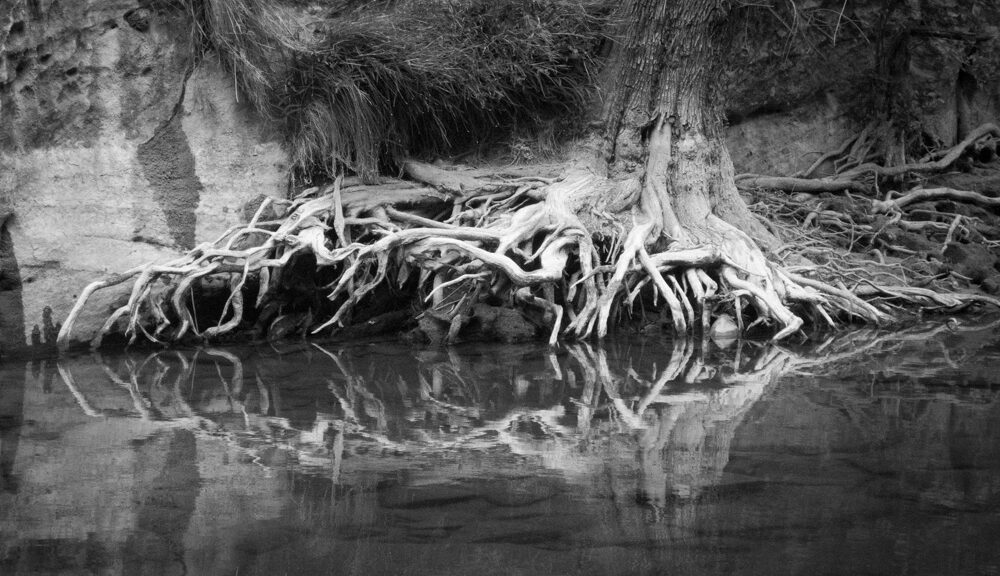
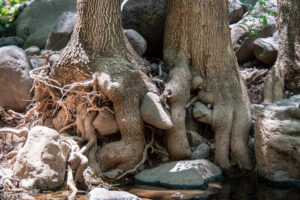 This pair is clinging to the edge of Thompson Creek in Oak Creek Canyon just north of Sedona, AZ. This is a creek prone to different water heights depending on the time of year, amount of snow in higher elevations, monsoon amounts, etc.
This pair is clinging to the edge of Thompson Creek in Oak Creek Canyon just north of Sedona, AZ. This is a creek prone to different water heights depending on the time of year, amount of snow in higher elevations, monsoon amounts, etc.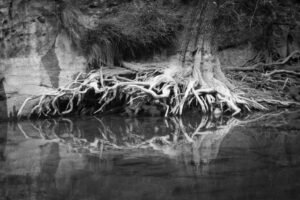 This tree can be found in East Clear Creek near Williams, AZ. Again prone to different water levels. I’ve seen these roots completely submerged as often as I’ve seen them dry.
This tree can be found in East Clear Creek near Williams, AZ. Again prone to different water levels. I’ve seen these roots completely submerged as often as I’ve seen them dry.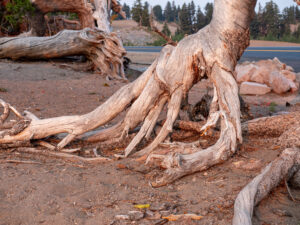
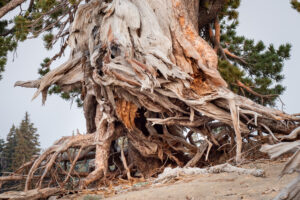
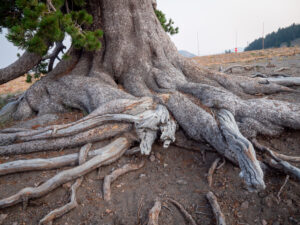
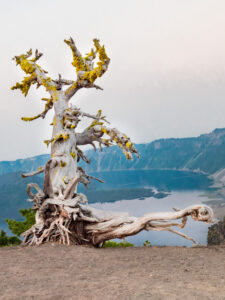
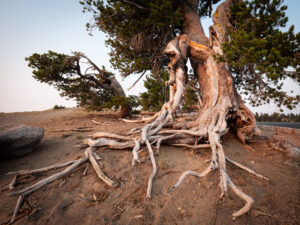
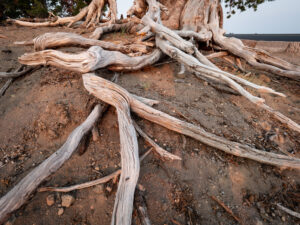
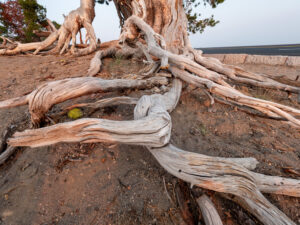
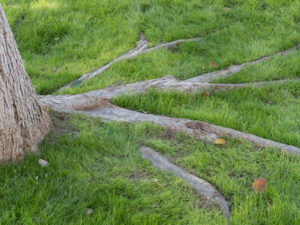 This tree was found outside of a school in Phoenix, AZ.
This tree was found outside of a school in Phoenix, AZ.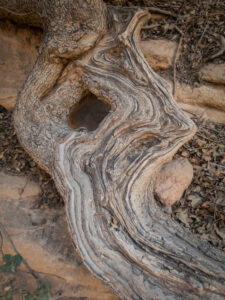

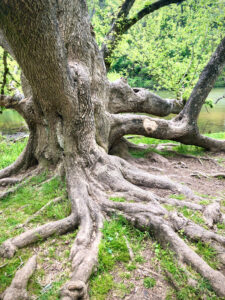 This tree is near Asheville, NC. You can see the small lake right behind it.
This tree is near Asheville, NC. You can see the small lake right behind it.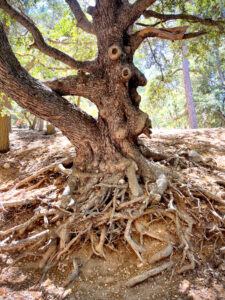 This crazy thing was found at Tehachapi Mountain Park in the hills outside of Bakersfield, CA.
This crazy thing was found at Tehachapi Mountain Park in the hills outside of Bakersfield, CA.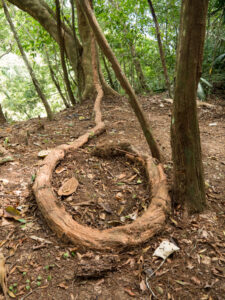 This root was found in the jungle near Gamboa, Panama. I’m honestly not sure if this is a tree root or from some sort of plant.
This root was found in the jungle near Gamboa, Panama. I’m honestly not sure if this is a tree root or from some sort of plant.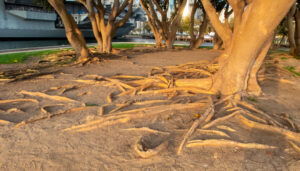
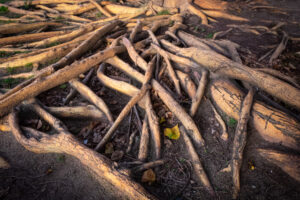
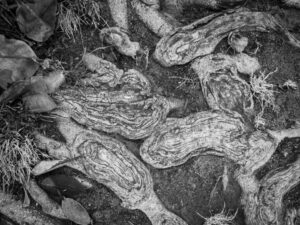 And finally, this set of what looks like smashed lizards or salamanders was also found in San Diego.
And finally, this set of what looks like smashed lizards or salamanders was also found in San Diego.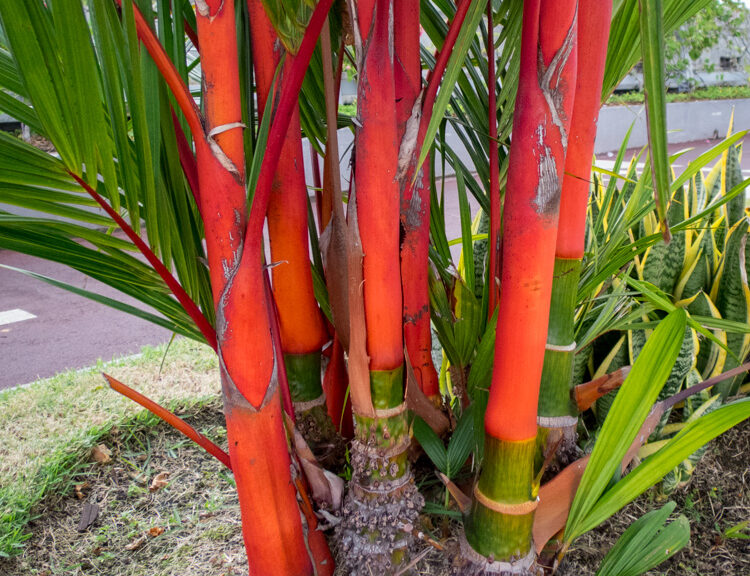
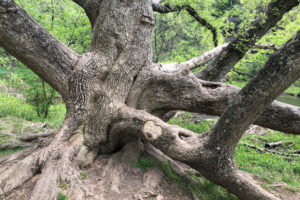 I can’t tell if this one has one trunk or several sprouting from the one. Or are they just very large branches…?
I can’t tell if this one has one trunk or several sprouting from the one. Or are they just very large branches…?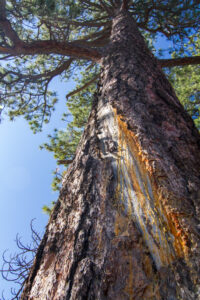 This Ponderosa pine was hit by lightning.
This Ponderosa pine was hit by lightning.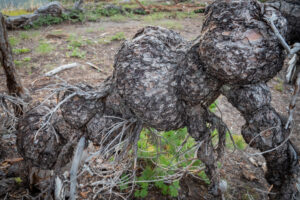 I can’t even begin to explain what happened to this tree.
I can’t even begin to explain what happened to this tree.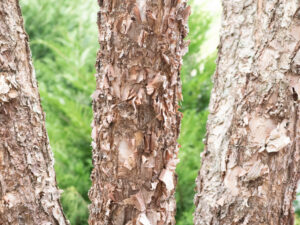
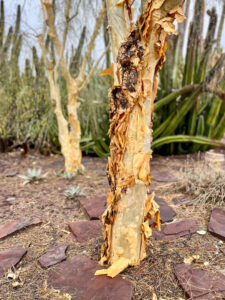
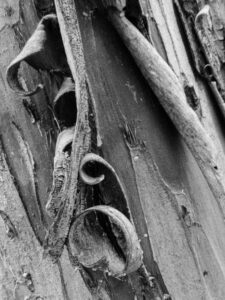
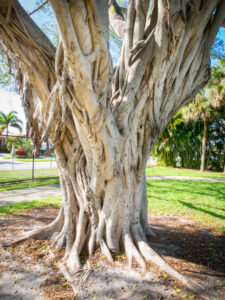 A Banyon type tree.
A Banyon type tree.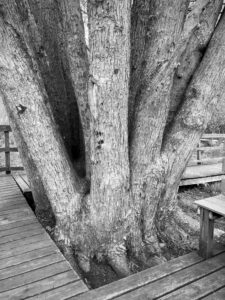 What the…?!? Several…trunks?
What the…?!? Several…trunks?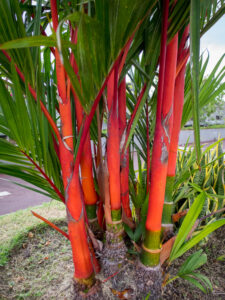 Colorful palm tree trunks.
Colorful palm tree trunks.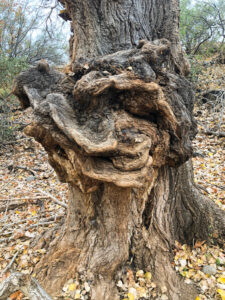 Yikes! Is this tree OK??
Yikes! Is this tree OK??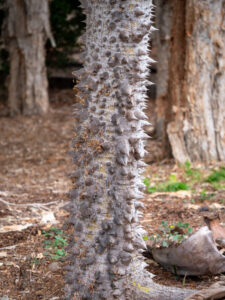 A clever yet natural way to keep things from climbing up this tree.
A clever yet natural way to keep things from climbing up this tree.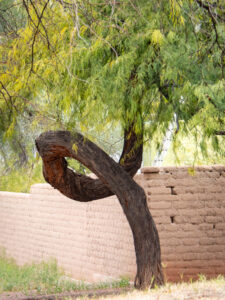 A tree trunk that seems to have had some trouble heading in the right direction.
A tree trunk that seems to have had some trouble heading in the right direction.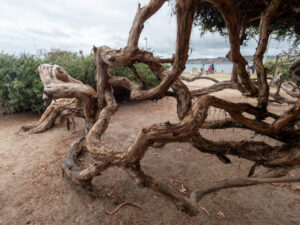 Some crazy trunks in San Diego.
Some crazy trunks in San Diego.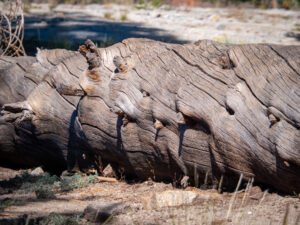
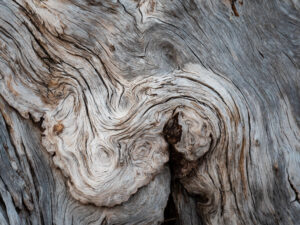
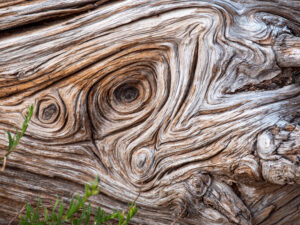
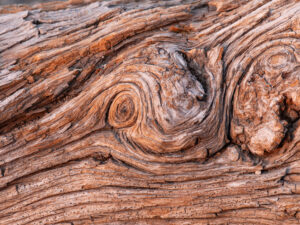
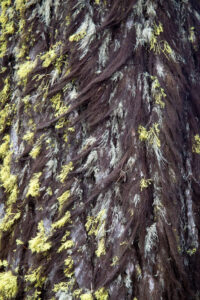
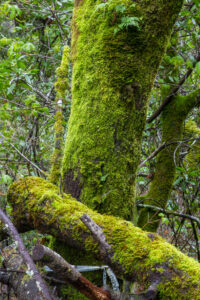

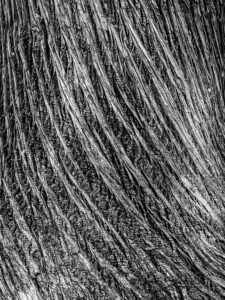
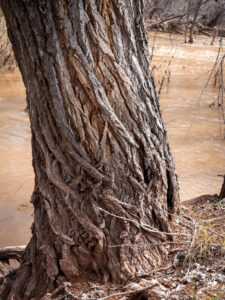
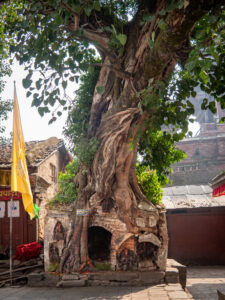 This tree was turned into a shrine of sorts in Dubar Square in Kathmandu.
This tree was turned into a shrine of sorts in Dubar Square in Kathmandu.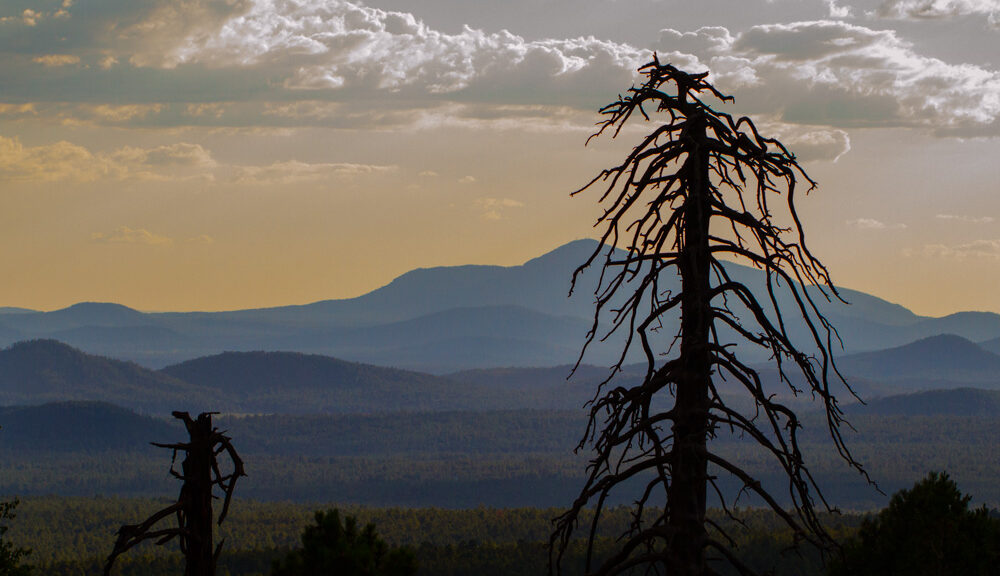
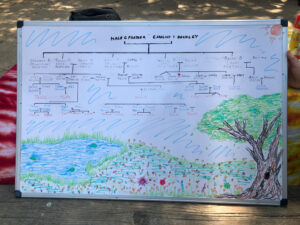 The structure of a tree is used to keep track of families.
The structure of a tree is used to keep track of families.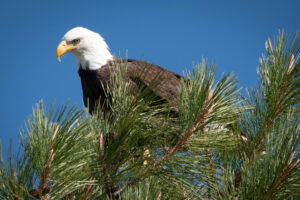 They house wildlife.
They house wildlife.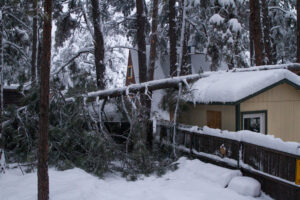 They break and land on houses in extreme weather events.
They break and land on houses in extreme weather events.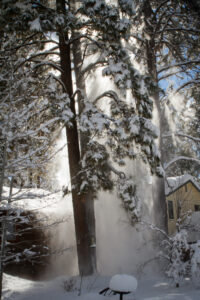 The Ponderosa Pine Trees like to collect snow during a storm and then, as the air warms, drop it in clumps onto the ground or to house roofs with a sometimes alarming thud.
The Ponderosa Pine Trees like to collect snow during a storm and then, as the air warms, drop it in clumps onto the ground or to house roofs with a sometimes alarming thud.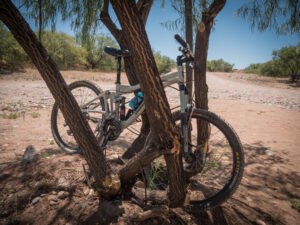 I used this tree as a bike rack. I locked my bike to it after using it as a shuttle vehicle for a Verde River float.
I used this tree as a bike rack. I locked my bike to it after using it as a shuttle vehicle for a Verde River float. Palm trees grow randomly on beaches from dropped coconuts.
Palm trees grow randomly on beaches from dropped coconuts.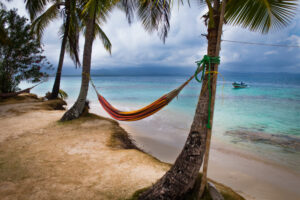 They can be used as posts for hammocks.
They can be used as posts for hammocks.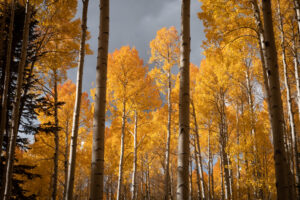 They change color!!
They change color!! They don’t live forever. But some seem to.
They don’t live forever. But some seem to.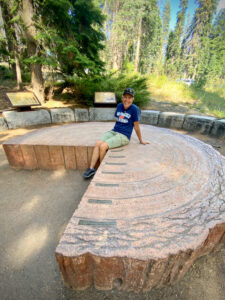 Yosemite National Park has a few Giant Sequoia groves. And by groves I mean maybe 8-10 trees in an area. Also known as the giant redwood or Sierra redwood can be found naturally only in groves on the western slopes of the Sierra Nevada mountain range of California.
Yosemite National Park has a few Giant Sequoia groves. And by groves I mean maybe 8-10 trees in an area. Also known as the giant redwood or Sierra redwood can be found naturally only in groves on the western slopes of the Sierra Nevada mountain range of California. 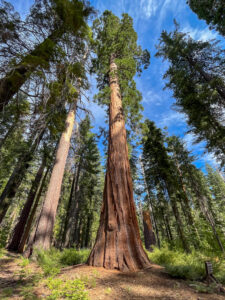
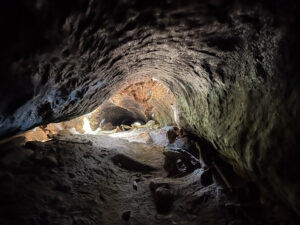 I crouched to get through this one that was lying on its side.
I crouched to get through this one that was lying on its side.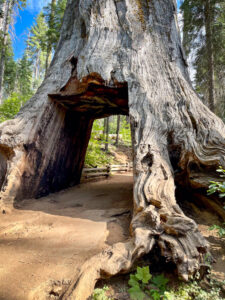 There was a sign with a picture of a stagecoach driving through this one.
There was a sign with a picture of a stagecoach driving through this one.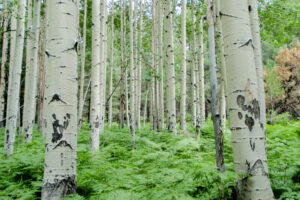 Most aspens grow in large clonal colonies, derived from a single seedling, and spread by means of root suckers. New stems in the colony may appear from 100–130 ft from the parent tree. Each individual tree can live for 40–150 years above ground, but the root system of the colony is long-lived. In some cases, this is for thousands of years, sending up new trunks as the older trunks die off above ground. There is a colony in Utah that has been estimated to be as old as 80,000 years. Some aspen colonies become very large with time, spreading about 3 ft per year, eventually covering many hectares. They are able to survive forest fires, because the roots are below the heat of the fire, and new sprouts appear after the fire burns out. Given their clonal nature, Aspen groves are believed to be the largest living organism on the planet.
Most aspens grow in large clonal colonies, derived from a single seedling, and spread by means of root suckers. New stems in the colony may appear from 100–130 ft from the parent tree. Each individual tree can live for 40–150 years above ground, but the root system of the colony is long-lived. In some cases, this is for thousands of years, sending up new trunks as the older trunks die off above ground. There is a colony in Utah that has been estimated to be as old as 80,000 years. Some aspen colonies become very large with time, spreading about 3 ft per year, eventually covering many hectares. They are able to survive forest fires, because the roots are below the heat of the fire, and new sprouts appear after the fire burns out. Given their clonal nature, Aspen groves are believed to be the largest living organism on the planet.
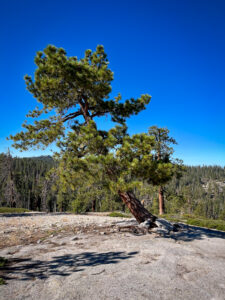
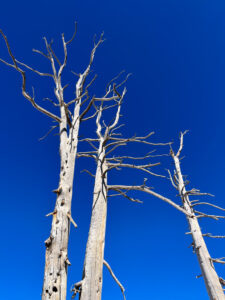 It’s just a cool shot. Dead trees, blue sky…
It’s just a cool shot. Dead trees, blue sky…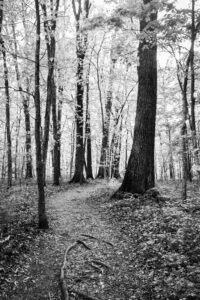 This path through Henry Horton State Park in Tennessee is a beautiful walk among the trees.
This path through Henry Horton State Park in Tennessee is a beautiful walk among the trees.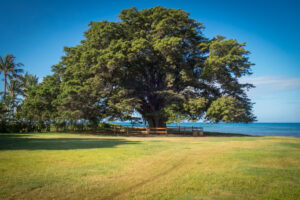 A banyan is a fig tree that develops accessory trunks from aerial prop roots, allowing the tree to spread outwards indefinitely. These roots mature into thick, woody trunks, which can become indistinguishable from the primary trunk with age. These aerial roots can become very numerous. The Kolcatta (Calcutta) Banyan, which has been tracked carefully for many years, currently has 2,880 supplementary trunks. Such prop roots can be sixty feet in height. Old trees can spread laterally by using these prop roots to grow over a wide area. In some species, the prop roots develop over a considerable area that resembles a grove of trees, with every trunk connected directly or indirectly to the primary trunk.
A banyan is a fig tree that develops accessory trunks from aerial prop roots, allowing the tree to spread outwards indefinitely. These roots mature into thick, woody trunks, which can become indistinguishable from the primary trunk with age. These aerial roots can become very numerous. The Kolcatta (Calcutta) Banyan, which has been tracked carefully for many years, currently has 2,880 supplementary trunks. Such prop roots can be sixty feet in height. Old trees can spread laterally by using these prop roots to grow over a wide area. In some species, the prop roots develop over a considerable area that resembles a grove of trees, with every trunk connected directly or indirectly to the primary trunk. 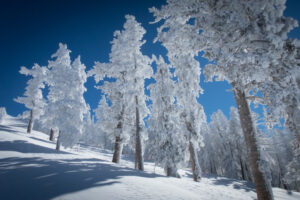 I’ll end with snow and ice-encased Ponderosa pine trees on the San Francisco Peaks in Flagstaff.
I’ll end with snow and ice-encased Ponderosa pine trees on the San Francisco Peaks in Flagstaff.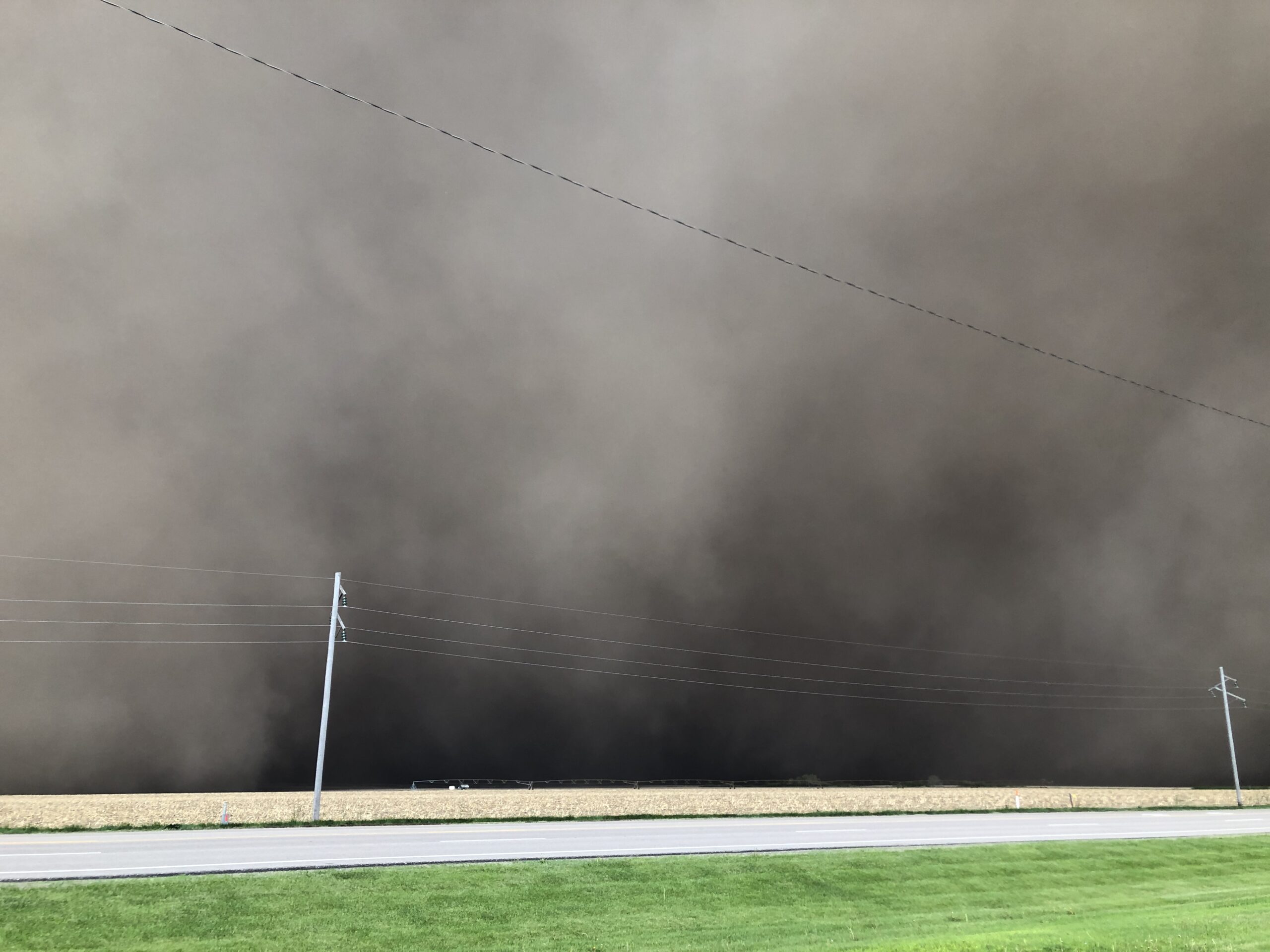
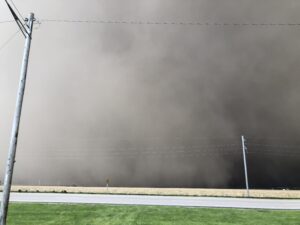
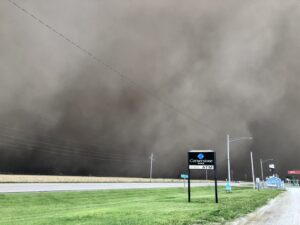
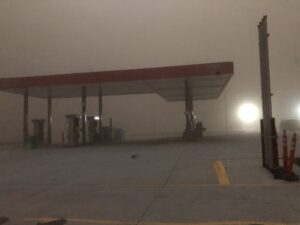
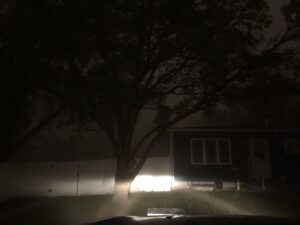
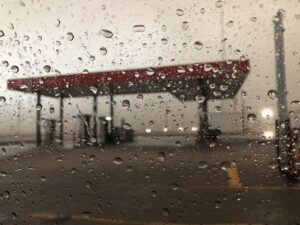
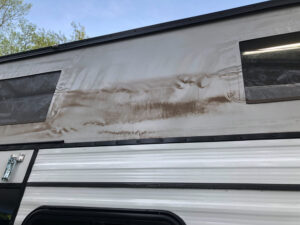 Once we got to our destination and popped the camper up we found dirt for days! We found dirt in places we didn’t know existed…?
Once we got to our destination and popped the camper up we found dirt for days! We found dirt in places we didn’t know existed…?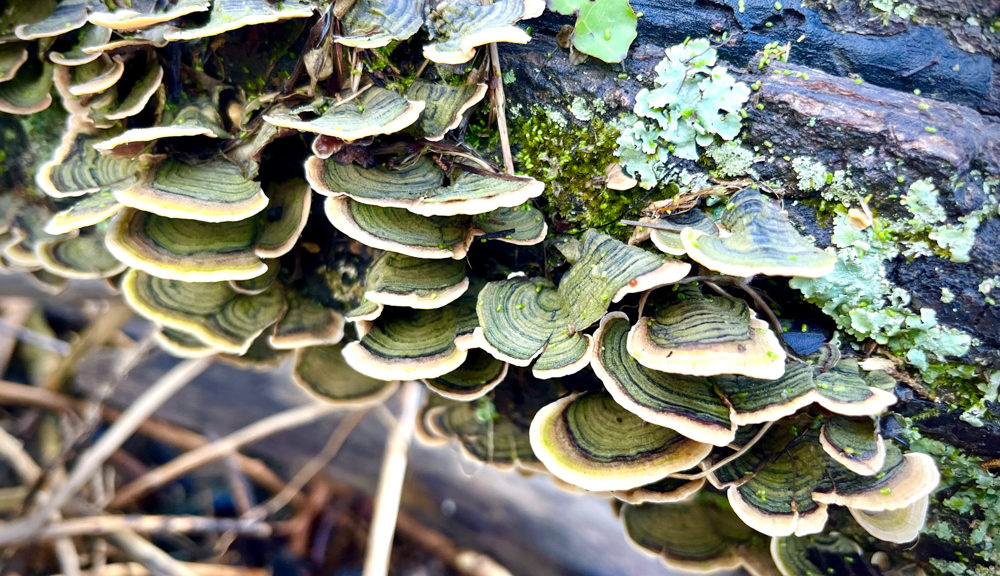
 Let us begin with our airplane journey across the U.S. It was clear skies until we flew into Dallas, Texas where we encountered severe thunderstorms. In fact, we found out we were one of the last planes to fly out of DFW that afternoon due to the storms. Whew! Once we got above the clouds though, it was beautiful.
Let us begin with our airplane journey across the U.S. It was clear skies until we flew into Dallas, Texas where we encountered severe thunderstorms. In fact, we found out we were one of the last planes to fly out of DFW that afternoon due to the storms. Whew! Once we got above the clouds though, it was beautiful.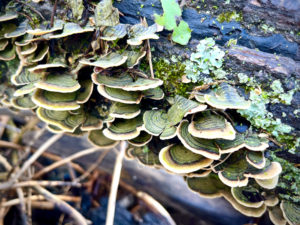
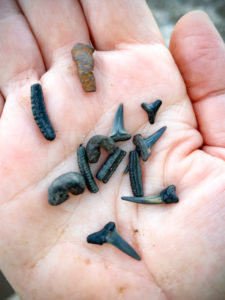 It was amazing how many we found. It makes one wonder how many are out there because this is a popular activity in the area and most folks find plenty.
It was amazing how many we found. It makes one wonder how many are out there because this is a popular activity in the area and most folks find plenty.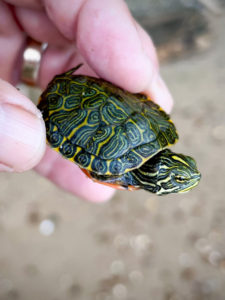 While looking for shark teeth down the beach I found this little guy. Definitely a highlight.
While looking for shark teeth down the beach I found this little guy. Definitely a highlight.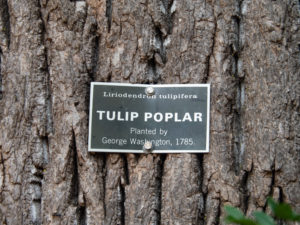 Following the morning at the river and a parking lot, and a tailgate picnic our friends dropped us off at Mt. Vernon, home of George Washington. There will be plenty of pictures later in the Buildings blog but I just wanted to point out how cool it was to touch a tree planted by our first president.
Following the morning at the river and a parking lot, and a tailgate picnic our friends dropped us off at Mt. Vernon, home of George Washington. There will be plenty of pictures later in the Buildings blog but I just wanted to point out how cool it was to touch a tree planted by our first president.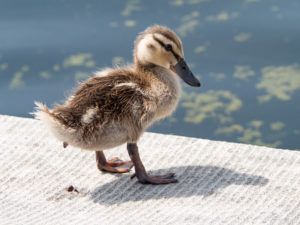
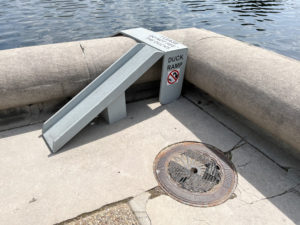
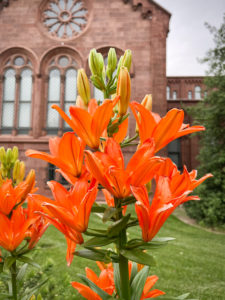
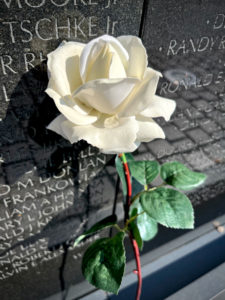
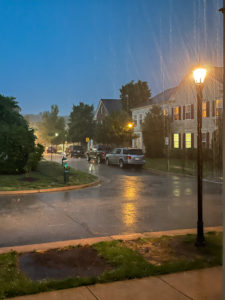
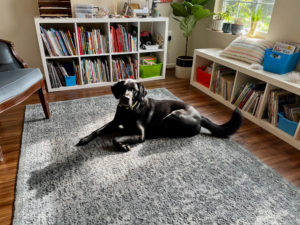
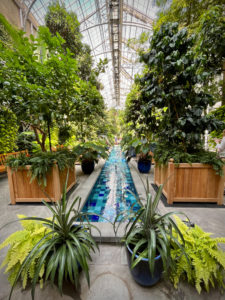
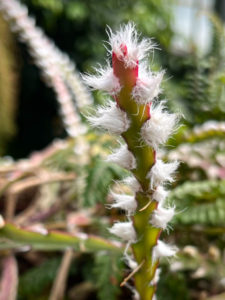
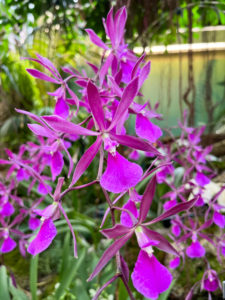
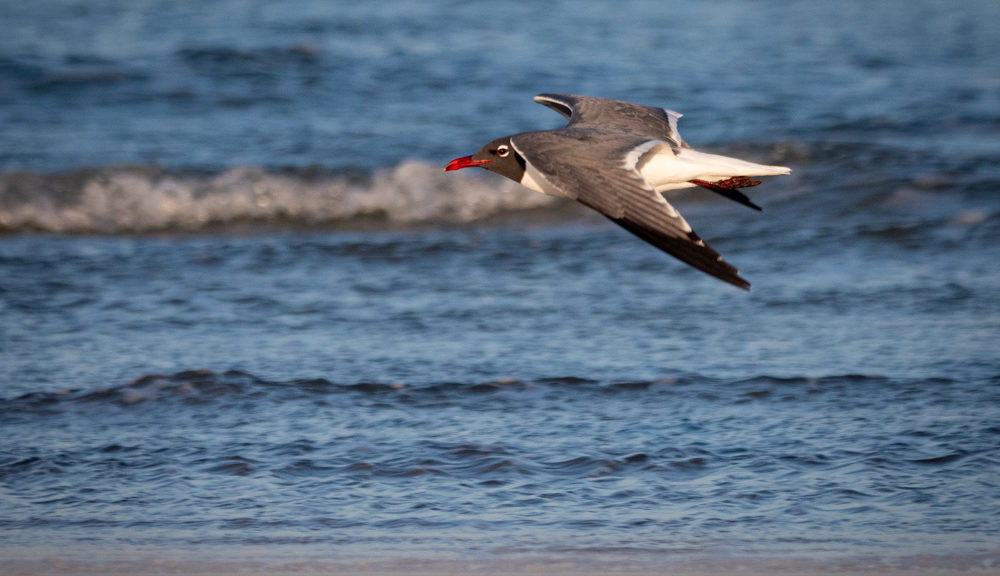
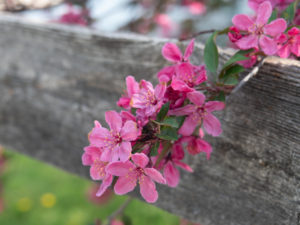
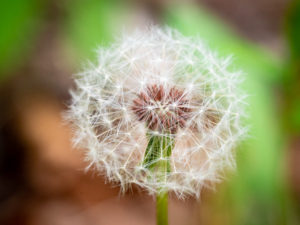 On this dandelion, I might add the words design, seeds, and stem.
On this dandelion, I might add the words design, seeds, and stem.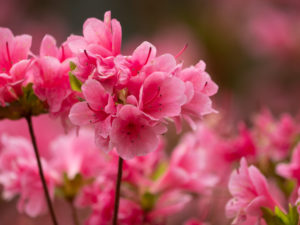
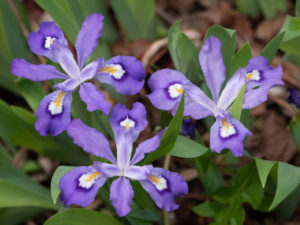
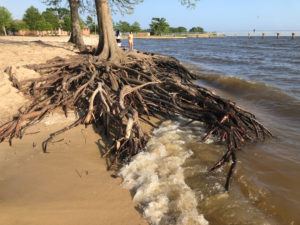
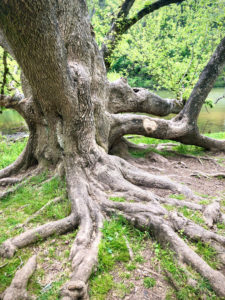
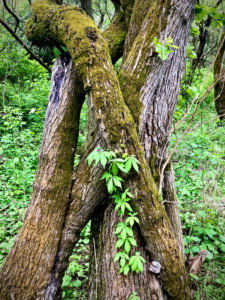
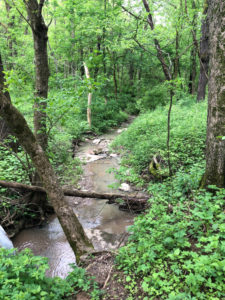
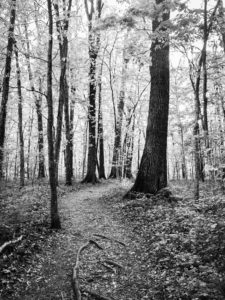
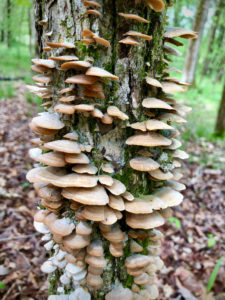 Fungi!!
Fungi!!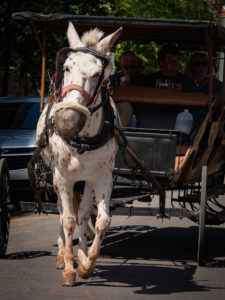 This horse was working the streets of New Orleans.
This horse was working the streets of New Orleans.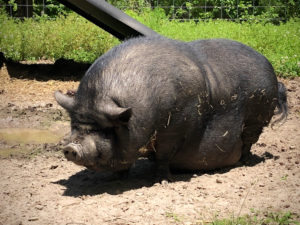 When we stopped to see Ellen’s sister in Mississippi, this guy was in a pen on the property.
When we stopped to see Ellen’s sister in Mississippi, this guy was in a pen on the property.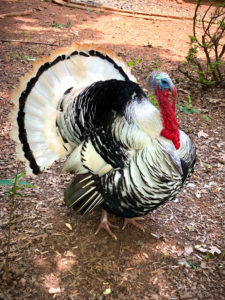
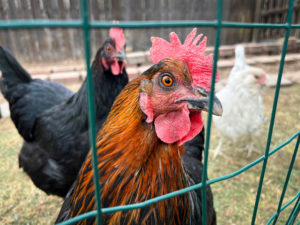
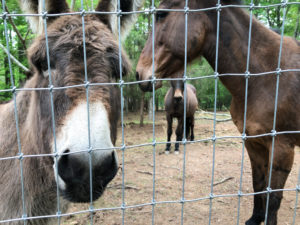 My cousin owns four mules and this donkey on six acres outside of Chapel Hill.
My cousin owns four mules and this donkey on six acres outside of Chapel Hill.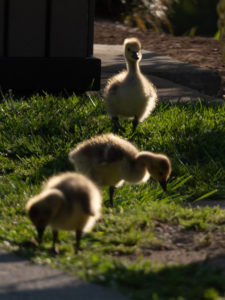 These little cuties were escorted across the street, IN the crosswalk mind you, by their Canada Geese parents in Gatlinburg, TN.
These little cuties were escorted across the street, IN the crosswalk mind you, by their Canada Geese parents in Gatlinburg, TN.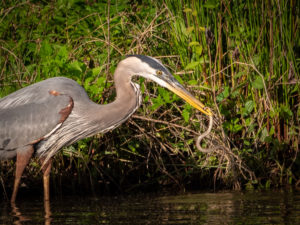 I got to watch this handsome fellow eat some Blue Heron spaghetti at our camp in Mississippi.
I got to watch this handsome fellow eat some Blue Heron spaghetti at our camp in Mississippi.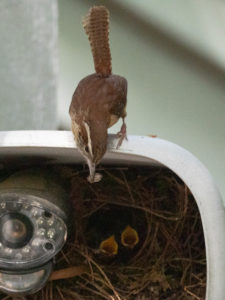 This Carolina Wren was feeding her babies nestled in a home camera cover at our friend’s house in Weaverville, NC.
This Carolina Wren was feeding her babies nestled in a home camera cover at our friend’s house in Weaverville, NC.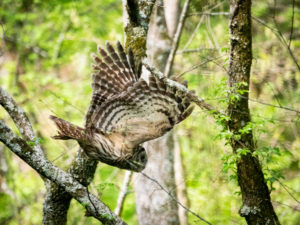 I happened to have my long lens with me on a short hike at our camp in Tennessee when this beauty took off from a tree.
I happened to have my long lens with me on a short hike at our camp in Tennessee when this beauty took off from a tree.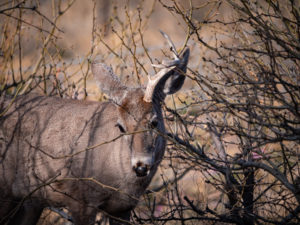
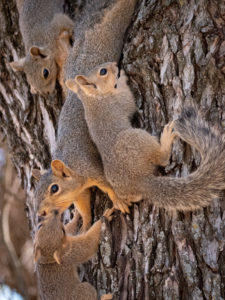
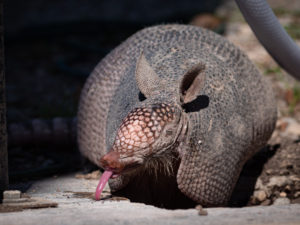
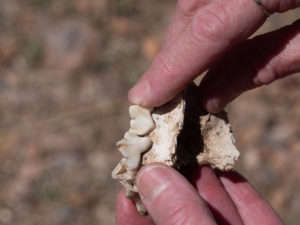 Not sure whose teeth these are but it’s tagged under animals.
Not sure whose teeth these are but it’s tagged under animals.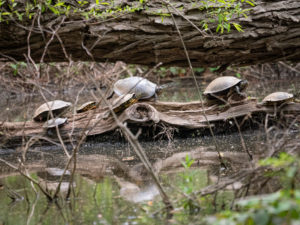 We saw a few turtles along the way which is always a treat. These guys were on a log in a swampy area of a park we walked in near Asheville, NC.
We saw a few turtles along the way which is always a treat. These guys were on a log in a swampy area of a park we walked in near Asheville, NC.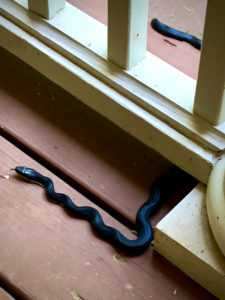 We found this fellow on my cousin’s porch in Hillsborough, NC.
We found this fellow on my cousin’s porch in Hillsborough, NC.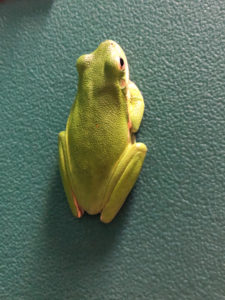 My little green friend kept me company while I used the restroom at our camp in Louisiana.
My little green friend kept me company while I used the restroom at our camp in Louisiana.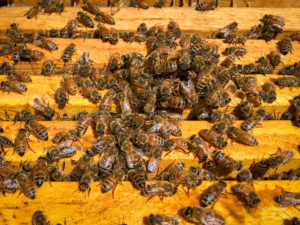 Some of the bees from our beekeeping experience in St. Paul, NE.
Some of the bees from our beekeeping experience in St. Paul, NE.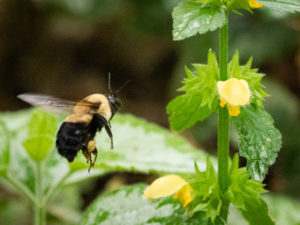 Catching flying insects requires a bit of patience and a lot of pixels to delete later.
Catching flying insects requires a bit of patience and a lot of pixels to delete later.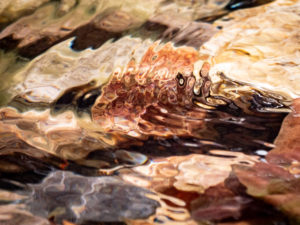 Water is another of my favorite places to hang out. I’m usually playing in, on, or around it and love finding patterns in its movement. This image fits under Nature>Water>clear, stream, pattern.
Water is another of my favorite places to hang out. I’m usually playing in, on, or around it and love finding patterns in its movement. This image fits under Nature>Water>clear, stream, pattern.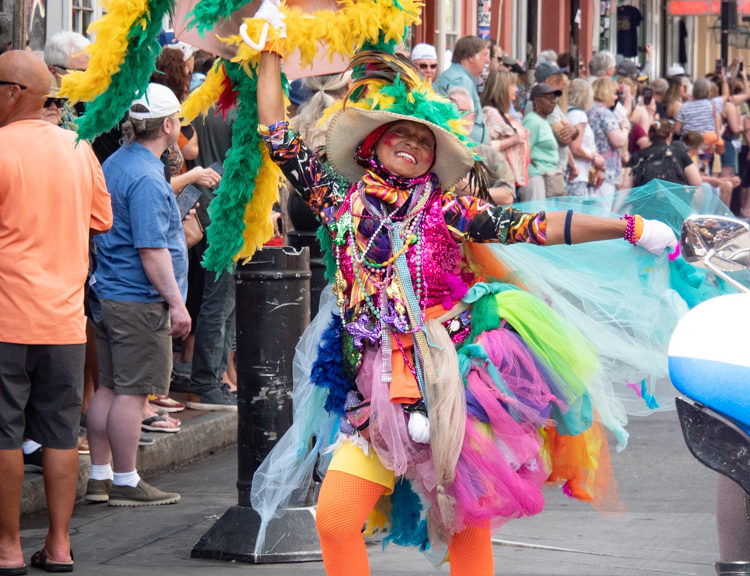
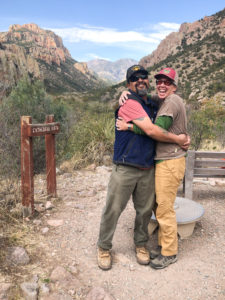 I have known Eddie and Michelle for a LONG time. I met Michelle when she came to work at Killip Elementary School in Flagstaff in maybe 2000? Two years later I got a cancelation for a Grand Canyon River Trip and they joined us. Later that fall, in October 2002, Ellen and I got married and we fashioned our wedding after theirs from the previous year. So, our anniversary is one year and one week later than this sweet couple.
I have known Eddie and Michelle for a LONG time. I met Michelle when she came to work at Killip Elementary School in Flagstaff in maybe 2000? Two years later I got a cancelation for a Grand Canyon River Trip and they joined us. Later that fall, in October 2002, Ellen and I got married and we fashioned our wedding after theirs from the previous year. So, our anniversary is one year and one week later than this sweet couple.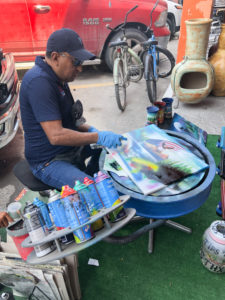 This is a spray paint artist we watched in Progreso, Mexico. He was quite good and I STILL can’t figure out how anyone paints anything worth hanging with spray paint. What talent.
This is a spray paint artist we watched in Progreso, Mexico. He was quite good and I STILL can’t figure out how anyone paints anything worth hanging with spray paint. What talent.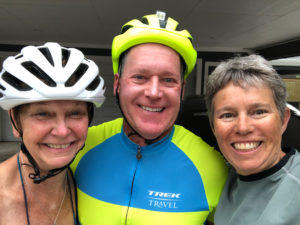
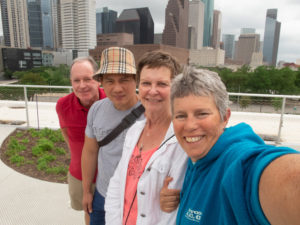

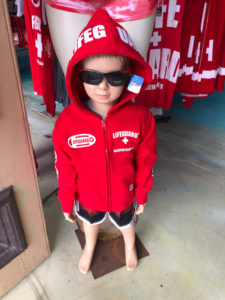 A creepy little guy selling clothing in Galveston.
A creepy little guy selling clothing in Galveston.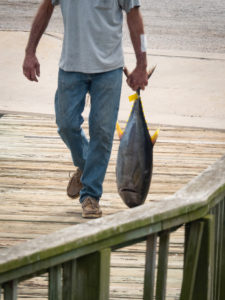 This guy had caught a yellowfin tuna and wanted someone at the fish market to filet it for him but they had already closed for the afternoon so he had to walk his poor tuna back to his boat, dragging its nose along the dock, to filet it himself.
This guy had caught a yellowfin tuna and wanted someone at the fish market to filet it for him but they had already closed for the afternoon so he had to walk his poor tuna back to his boat, dragging its nose along the dock, to filet it himself.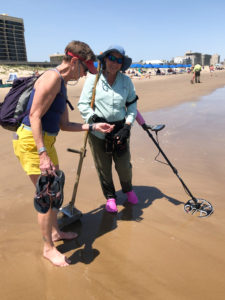 We fund several folks on the South Padre Island Beach searching for treasures.
We fund several folks on the South Padre Island Beach searching for treasures.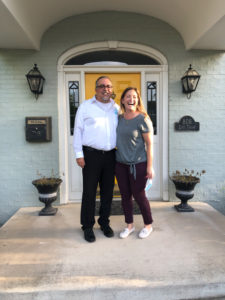 This is the beautiful couple now living in ellen’s childhood home in Harlingen, Tiffany, and Rudy. They were gracious hosts, let us wander into each room, and even sent us off with a Texas treat bag.
This is the beautiful couple now living in ellen’s childhood home in Harlingen, Tiffany, and Rudy. They were gracious hosts, let us wander into each room, and even sent us off with a Texas treat bag.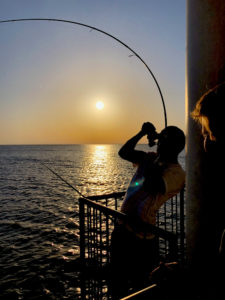 This guy was fishing off the end of the pier at Fountainebleau State Park on Lake Ponchatrain. He caught s small ray of some sort.
This guy was fishing off the end of the pier at Fountainebleau State Park on Lake Ponchatrain. He caught s small ray of some sort.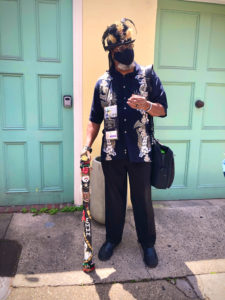

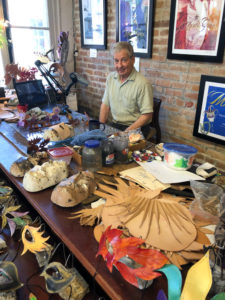 This is the artist who makes the mardi gras masks. They are exquisite.
This is the artist who makes the mardi gras masks. They are exquisite.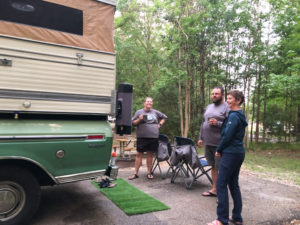 Back at camp, we were approached by Erin who invited us back to her pad to meet Andy. They own the only Four Wheel Camper in the south! Ok, probably not but it’s the only other one we saw once we left Arizona. It’s an early 1990s Granby on a ’73 Ford 100. They live in it full time and travel in between Amazon warehouse jobs. Quite the interesting couple.
Back at camp, we were approached by Erin who invited us back to her pad to meet Andy. They own the only Four Wheel Camper in the south! Ok, probably not but it’s the only other one we saw once we left Arizona. It’s an early 1990s Granby on a ’73 Ford 100. They live in it full time and travel in between Amazon warehouse jobs. Quite the interesting couple.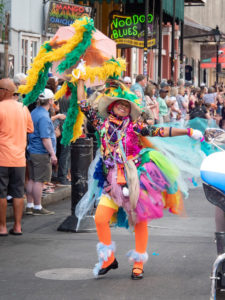 I first saw this colorful character coming from behind us, walking down a side street toward the parade. Once she was in front of all the bands she came alive and began dancing along with the music as she made her way down the avenue.
I first saw this colorful character coming from behind us, walking down a side street toward the parade. Once she was in front of all the bands she came alive and began dancing along with the music as she made her way down the avenue.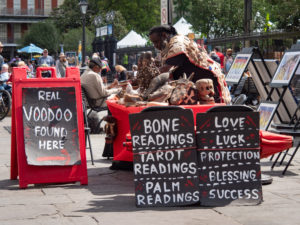 Only in New Orleans…
Only in New Orleans…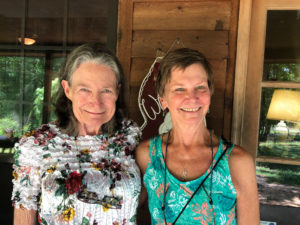 We stopped to visit ellen’s sister Ruth who happened to be staying with her son and daughter-in-law in Poplar, Mississippi.
We stopped to visit ellen’s sister Ruth who happened to be staying with her son and daughter-in-law in Poplar, Mississippi.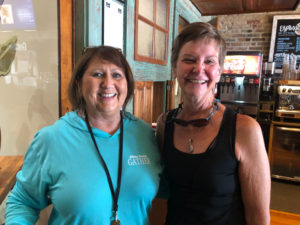 THIS was an interesting conversation. We stopped in this coffee shop in Houston, MS looking for help in finding the road and house Ellen and her family lived in 1969-70ish. Ellen mentioned the high school where she was a freshman and this lady lowered her voice and said, in a soft southern accent, that the old high school had burned down in 1973 under suspicious circumstances. When we asked what happened she lowered her voice, even more, looked around, and said that was the year they elected their first Black homecoming queen. Yikes!
THIS was an interesting conversation. We stopped in this coffee shop in Houston, MS looking for help in finding the road and house Ellen and her family lived in 1969-70ish. Ellen mentioned the high school where she was a freshman and this lady lowered her voice and said, in a soft southern accent, that the old high school had burned down in 1973 under suspicious circumstances. When we asked what happened she lowered her voice, even more, looked around, and said that was the year they elected their first Black homecoming queen. Yikes!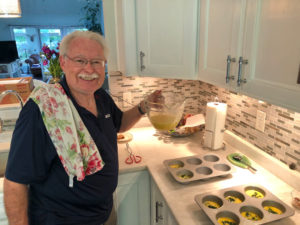
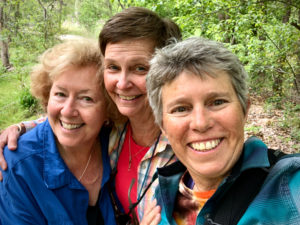
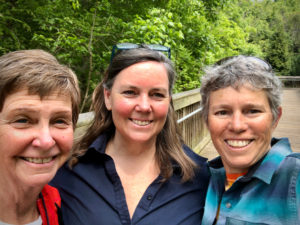
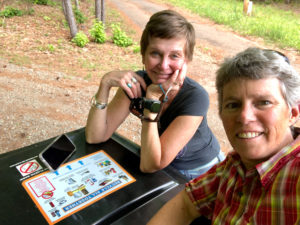
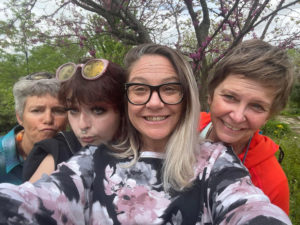 Evonne and Akacia showed us their favorite places.
Evonne and Akacia showed us their favorite places. Rob spends a lot of time on his craft as a tattoo artist.
Rob spends a lot of time on his craft as a tattoo artist.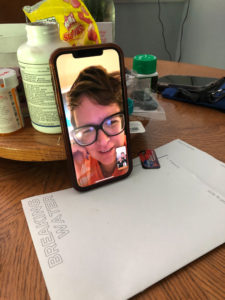 Chelsea joined us for Mother’s Day morning coffee.
Chelsea joined us for Mother’s Day morning coffee.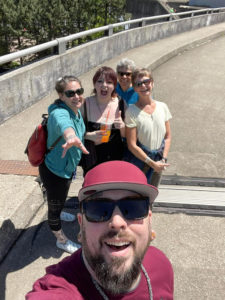 Rob got to join us on a sunny day downtown.
Rob got to join us on a sunny day downtown. We went to Evonne’s place of work on our way out of town at the end of the week. They all love her there.
We went to Evonne’s place of work on our way out of town at the end of the week. They all love her there.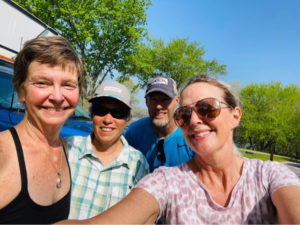 We met these two lovely folks at Sugar Bottom Campground outside of Iowa City. We hope to run into them again in our adventures.
We met these two lovely folks at Sugar Bottom Campground outside of Iowa City. We hope to run into them again in our adventures.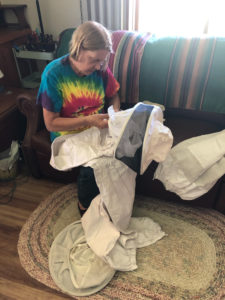 We spent two days at the family farm in Nebraska where we extracted honey from bee boxes with this amazing lady, Becky Puncochar, my half-brother’s Aunt. We also learned about and got to ride a folding bike which we have incorporated into our camping rig, and got to wander down by the Platt River with Jonathan who came to visit from Denver for the weekend. It was a busy two days.
We spent two days at the family farm in Nebraska where we extracted honey from bee boxes with this amazing lady, Becky Puncochar, my half-brother’s Aunt. We also learned about and got to ride a folding bike which we have incorporated into our camping rig, and got to wander down by the Platt River with Jonathan who came to visit from Denver for the weekend. It was a busy two days.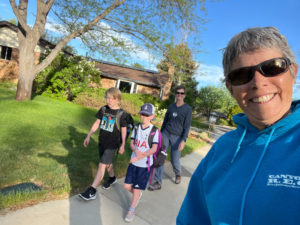 Our final stop was Denver where we got to walk the niece and nephew to school.
Our final stop was Denver where we got to walk the niece and nephew to school.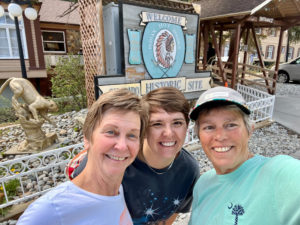 Hang out with Chelsea in Idaho Springs and hot tub.
Hang out with Chelsea in Idaho Springs and hot tub.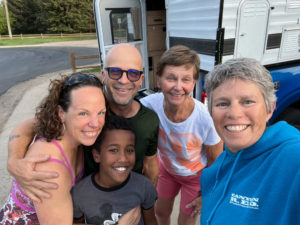 Have dinner with the Prow family. I taught with Laura at Killip in Flagstaff some years ago. Timothy is a master plumber and Nate hales from Ethiopia. We love this framily.
Have dinner with the Prow family. I taught with Laura at Killip in Flagstaff some years ago. Timothy is a master plumber and Nate hales from Ethiopia. We love this framily.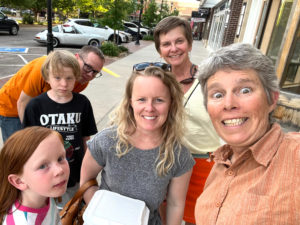 We had days mostly to ourselves as Chelsea took the week off but got sick and spent time sleeping, everyone else was either at work or school.
We had days mostly to ourselves as Chelsea took the week off but got sick and spent time sleeping, everyone else was either at work or school.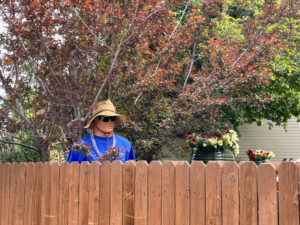 Except for this guy, he seemed to be the neighborhood watch guy. Creepy.
Except for this guy, he seemed to be the neighborhood watch guy. Creepy.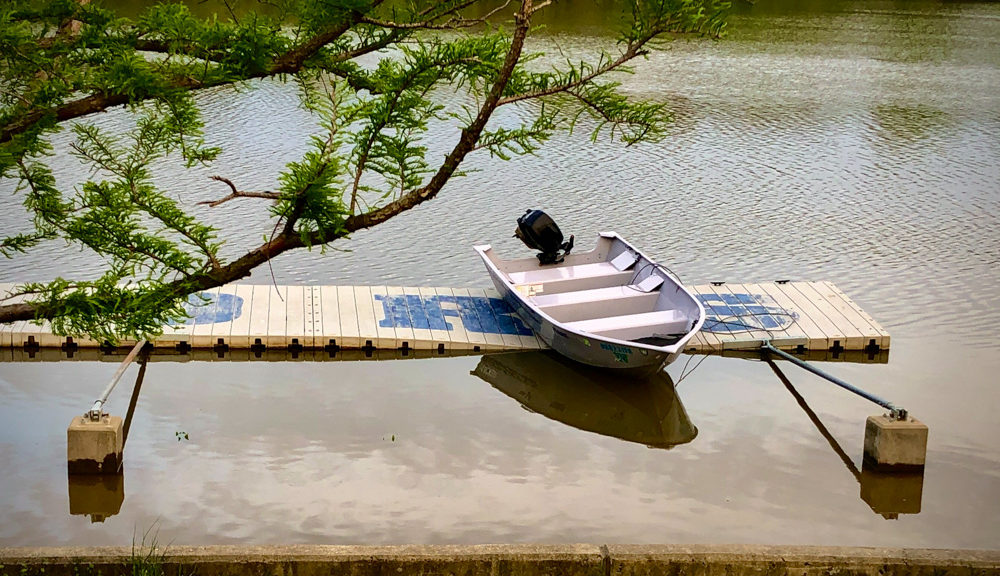
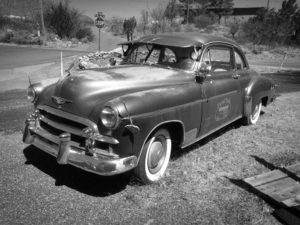 iPhone 8
iPhone 8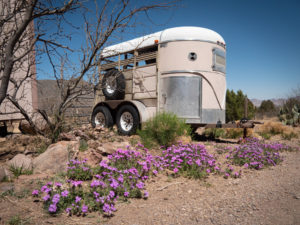 Lumix GX8, 14-150mm
Lumix GX8, 14-150mm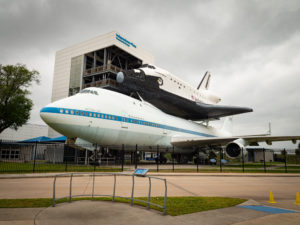 Lumix GX8, 7-14mm
Lumix GX8, 7-14mm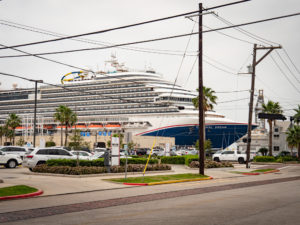 Lumix GX8, 14-150mm
Lumix GX8, 14-150mm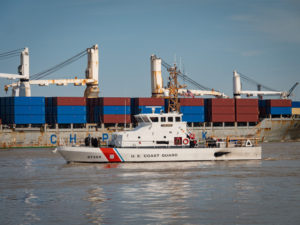 Lumix GX8, 14-150mm
Lumix GX8, 14-150mm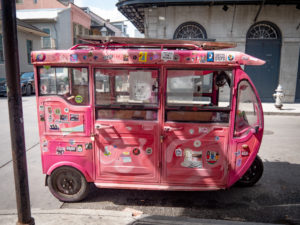 Lumix GX8, 14-150mm
Lumix GX8, 14-150mm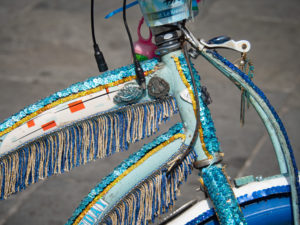 Lumix GX8, 14-150mm
Lumix GX8, 14-150mm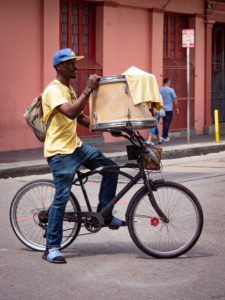 iPhone 8
iPhone 8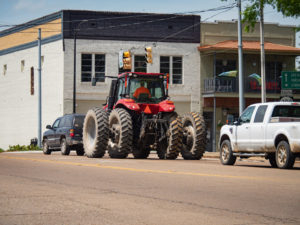 Lumix GX8, 14-150mm
Lumix GX8, 14-150mm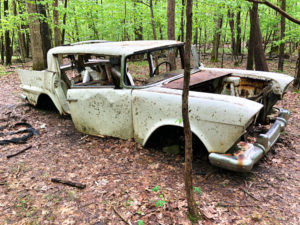 iPhone 8
iPhone 8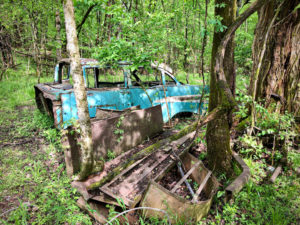 iPhone 8
iPhone 8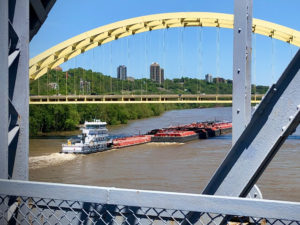 iPhone 8
iPhone 8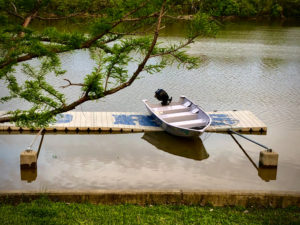 iPhone 8
iPhone 8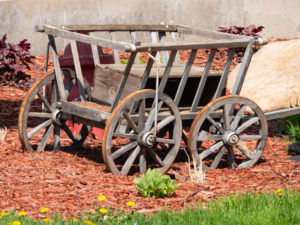 Lumix GX8, 14-150mm
Lumix GX8, 14-150mm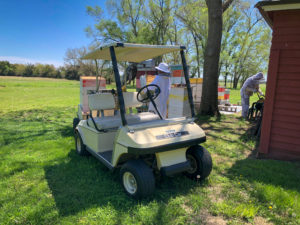 iPhone 8
iPhone 8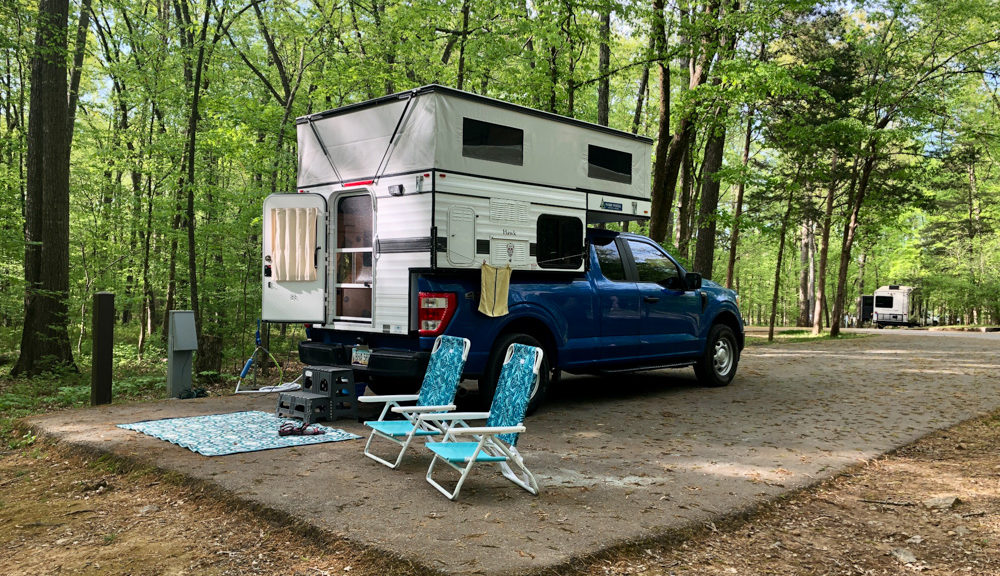
 Our first three nights were spent in Portal, AZ. It’s a little community located in southeastern Arizona not far from the Mexican border. Our good friends have a lovely piece of land there just east of Chiricahua National Monument. It was a great place to land on our first big driving day in Coyote Hawk. Heading out from Flagstaff was mostly downhill so we got crazy good gas mileage; 22 mpg to be exact.
Our first three nights were spent in Portal, AZ. It’s a little community located in southeastern Arizona not far from the Mexican border. Our good friends have a lovely piece of land there just east of Chiricahua National Monument. It was a great place to land on our first big driving day in Coyote Hawk. Heading out from Flagstaff was mostly downhill so we got crazy good gas mileage; 22 mpg to be exact. We LOVED this park. We wished we had brought our bicycles, as there was some riding to be had. This is also where we got to interact with armadillos for the first time. That will be in a later post.
We LOVED this park. We wished we had brought our bicycles, as there was some riding to be had. This is also where we got to interact with armadillos for the first time. That will be in a later post. It turns out that in Texas one can just drive on any beach and camp. Pretty cool. As you can see we were quite a distance from any other camp. But as you can also see, the winds had picked up the afternoon before, blew hard all night, and blew sand all over our mat. It blew so hard that we moved our truck, in the middle of the night, to face the wind and try to reduce some of the rocking from the gusts. Needless to say, with fine sand blowing everywhere and no relief in sight, we called it after one night and headed to Harlingen.
It turns out that in Texas one can just drive on any beach and camp. Pretty cool. As you can see we were quite a distance from any other camp. But as you can also see, the winds had picked up the afternoon before, blew hard all night, and blew sand all over our mat. It blew so hard that we moved our truck, in the middle of the night, to face the wind and try to reduce some of the rocking from the gusts. Needless to say, with fine sand blowing everywhere and no relief in sight, we called it after one night and headed to Harlingen.

 One of the upgrades we decided our rig needed was to tint the truck’s windows. Wow, what a difference it made with the sun and heat.
One of the upgrades we decided our rig needed was to tint the truck’s windows. Wow, what a difference it made with the sun and heat. From Harlingen, we headed to Houston to stay with cousin Dave and his husband Bong. We easily could have camped in the driveway but were invited into an upstairs room and private bath. It was here that I think we began to realize that staying in the camper is easier and just as, if not more, comfortable for us.
From Harlingen, we headed to Houston to stay with cousin Dave and his husband Bong. We easily could have camped in the driveway but were invited into an upstairs room and private bath. It was here that I think we began to realize that staying in the camper is easier and just as, if not more, comfortable for us.





 The next stop was Henry Horton State Park just south of Nashville, TN. This was another park we loved and wished we had bikes to explore with. We didn’t bring the bikes as we didn’t want them hanging off the back, ripe for theft, as we visited the cities on our trip. Stay tuned and you’ll see what we came up with.
The next stop was Henry Horton State Park just south of Nashville, TN. This was another park we loved and wished we had bikes to explore with. We didn’t bring the bikes as we didn’t want them hanging off the back, ripe for theft, as we visited the cities on our trip. Stay tuned and you’ll see what we came up with. THIS two-night, one-day experience was all about Dollywood! We stayed at The Ridge Resort in Sevierville, Dolly Pardon’s hometown. The RV park had a LOT of concrete, very manicured lawns, twice-daily trash pick-up (I’m serious), and giant bus-sized RVs surrounding us. We felt like we used to after canoe camping at Lake Powell and paddling over to the restaurant for a meal and mixing with all the clean houseboaters. We were a bit out of our league.
THIS two-night, one-day experience was all about Dollywood! We stayed at The Ridge Resort in Sevierville, Dolly Pardon’s hometown. The RV park had a LOT of concrete, very manicured lawns, twice-daily trash pick-up (I’m serious), and giant bus-sized RVs surrounding us. We felt like we used to after canoe camping at Lake Powell and paddling over to the restaurant for a meal and mixing with all the clean houseboaters. We were a bit out of our league.



